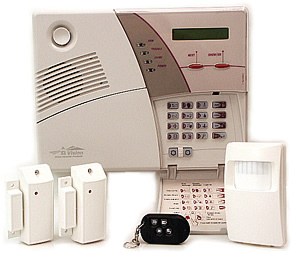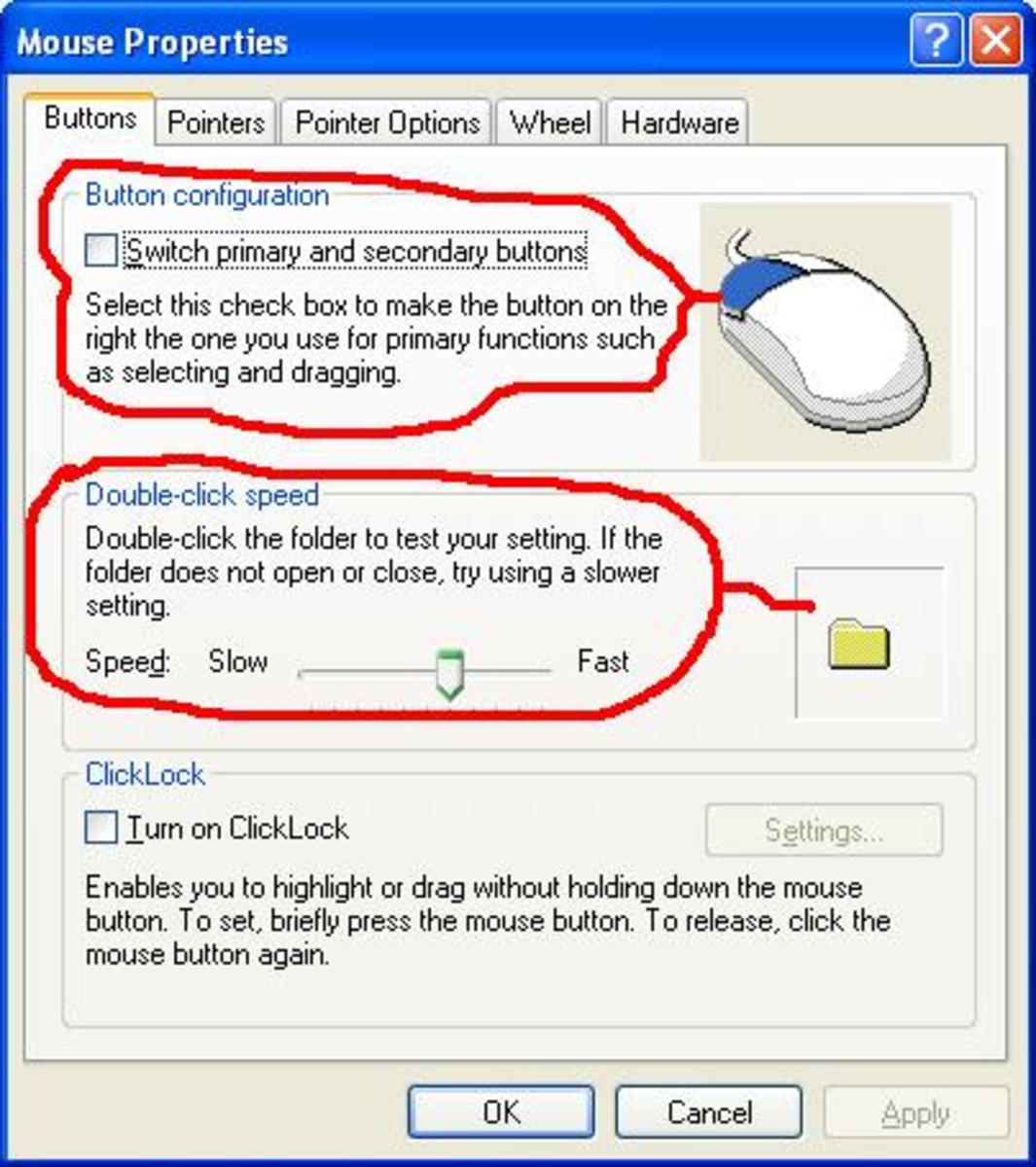Let's Talk Security System Terminology

Security System Terminology
Security systems of today, have complicated mechanisms, but alarm terminology is, basically, unchanged.
If you're looking for a home security system, here's some terminology language that you'll need to know to understand the lingo.
Radio
Frequency is a wireless method of transmitting a signal from a
door, window, or motion sensor to the Control Panel. If the system
is armed, and the zone is active, it would trip the alarm. If the
system is NOT armed, or the zone is turned off, nothing will
happen.
Supervised:
Most wireless alarm systems today are supervised. This means
each sensor within the system has its own code number. When it
transmits a signal (a door opens or a motion sensor is tripped), the
Control Panel will identify the signal that it receives by the
sensor's code number. Supervision also enables the Control Panel to
know and identify a sensor that reports a low on-board battery.
Door
and window contacts are two pieces; a magnet and a contact
switch. They are always mounted side by side (sometimes they are
drill mounted in doors). When the magnet is separated from the
switch, for instance, a door opens, and if the system is armed, an
alarm will sound. If the system is not armed, nothing happens, (but
the Control Panel knows and sometimes keeps a log of the time and
date when a given door, or other sensor was activated. However, no
alarm was actually triggered.
Motion sensors can be
wired or wireless. There are several different kinds of motion
sensors, Ultrasonic, Microwave Infrared, or a combination of both.
The most sensitive of these sensors is Microwave. They can see thru
doors, walls, windows, just about anything except metal. They can
cause a lot of false alarm problems because of their long range and
sensitivity. Ultrasonics aren't used that much anymore, as they were
false alarm-prone.
Most motion sensors today use Passive
Infrared or heat sensitive technology. The sensor, detects motion,
measures the difference in the temperature of the room, and that of a
human body (98.6 verses 72 degrees). When it sees the two different
temperatures, it sends a signal to the Control Panel, which trips an
alarm. Interior traps (motion sensors) can be zoned off, so that a
user can walk around their home without tripping an alarm, but the
sensor is never actually turned off. The zone the sensor is located
in, is turned off. The viewing pattern of Infrared sensors can be
modified, using scotch tape. This is often done to 'raise the
pattern' so the sensor does not detect dogs or cats, and only sees
motion of, say, 3 feet or more off the floor.
Control
Panels are computers that keep track of and process signals from
the various sensors (door, window, motion, glass breakage,
under-carpet floor mats, etc.). They also report alarm conditions to
a Central Station when triggered. The Control Panel takes care of
accepting coded signals from number keypads used to arm/disarm the
system. Every system has at least one keypad, but many have 2 or 3
(one in the main entry foyer or laundry room off the garage, one in
the master bedroom, and maybe one in the Family room). The user
enters a preselected arm/disarm code (1357 or whatever combination
the user wants). The code either arms or disarms the system. It
will also reset an alarm. The Control Panel also monitors smoke
detectors, which are always active.
In most modern alarm
systems, voice communication is active. This means, when an alarm
signal is sent to the Central Station, the operator opens something
similar to a phone circuit. He/She can talk and listen to the house.
Listening is often ineffective because of the loud alarm siren.
When the system is reset, the operator and the user can talk as if
they were on a telephone. If there is a crisis, the operator can be
made aware, and appropriate help dispatched (police, fire,
ambulance). If the user is not home, the operator can continue to
listen to the house while dispatching police.
Delayed
entry/exit doors are becoming obsolete because of the use of tiny key
fobs (button devices similar to those used to arm/disarm vehicle
alarms). But there is still a bunch of them out there. A delayed
entry/exit door(s) is programmed and monitored by the Control Panel.
If User A leaves the house, they would arm the system at the number
keypad (say, 1357). Then open the delayed door and exit. The system
will allow any amounts of pre-selected time for the exit process.
After the exit window has closed (say 60 seconds), the door is armed.
When User A returns, they enter thru the same door. The entry window
is usually very short, maybe 20 or 30 seconds. This allows the user
to walk to the keypad and enter the combination (1357) to disarm the
system.
A nice feature of the newer keypads/Control Panels is
protection against forced entry (ie, bad guy forces User A into the
house and tells her to disarm the alarm). If the arm/disarm code is
1357, she might enter 1358. This code will disarm the alarm system,
but it also sends a silent alert to the Central Station. They will
have been programmed in advance to listen to the house, but make no
sound. Once they determine there is a real problem, they notify
police and stay on the line with both the house and the police to
remain updated while authorities drive to the house.
Many
systems have inside and/or outside siren speakers. The idea is to
scare the intruder away, not catch them. I always used inside
speakers. Reason: if bad guys are trying to get IN, I want them to
hear the siren. Many outside speakers can't be heard from inside.
Where you can find the best Wii downloads!
- Unlimited Wii Downloads
Wii games, movies, themes downloads. Get all the Wii games and entertainment you want for one membership price. Good for life!
Stop by my blog, and let's talk.
- Jessie Penn\'s Blog
A friendly place to talk and express yourself.








